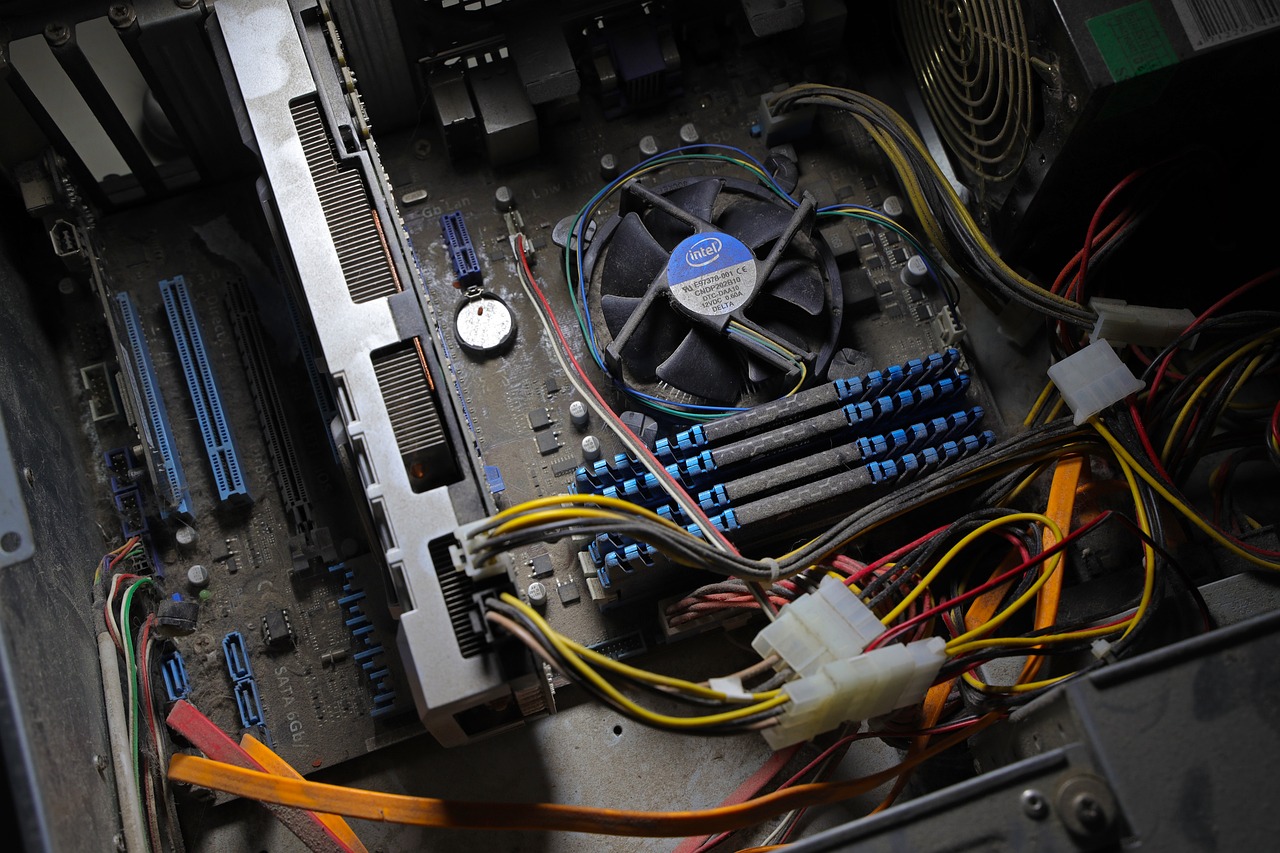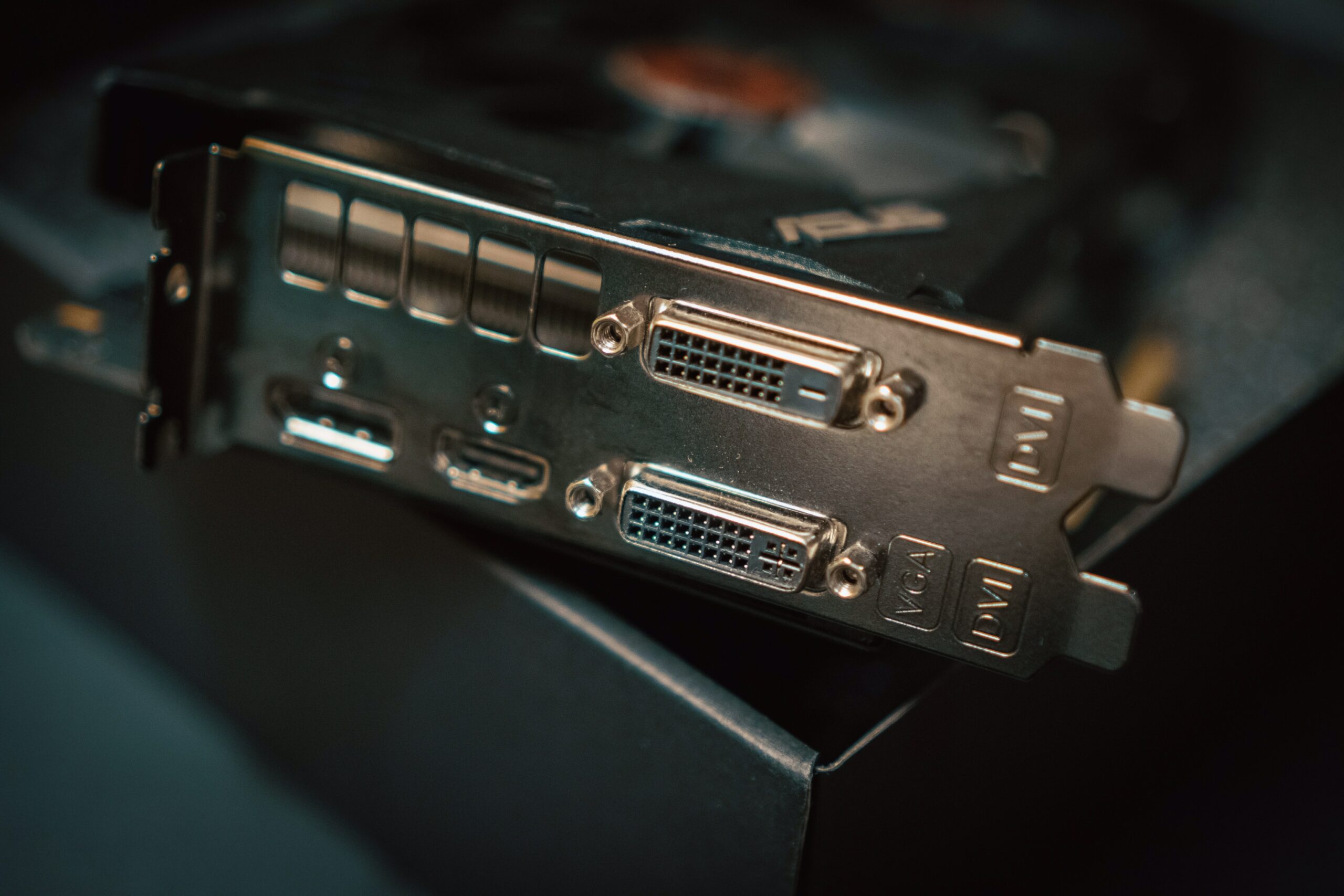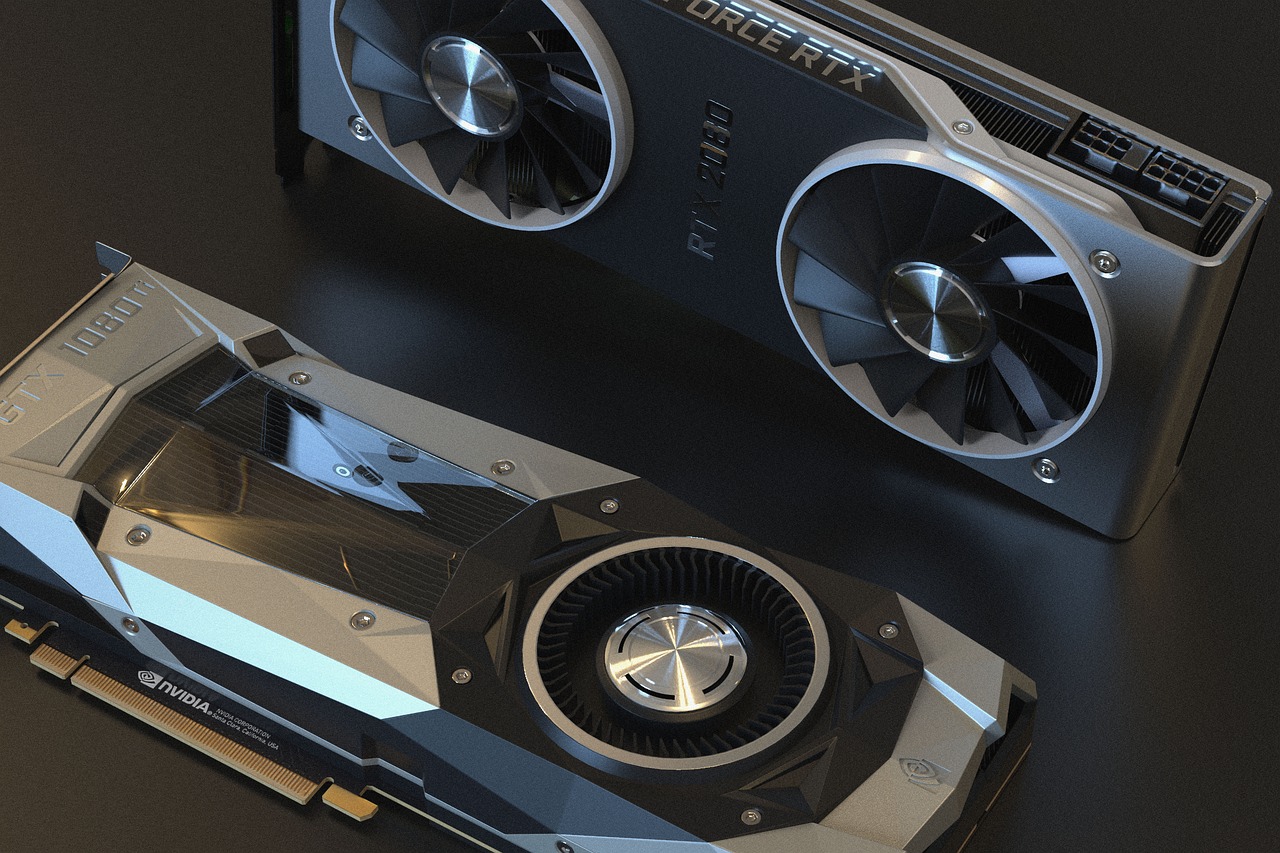You can update your laptops video card with the boring process of upgrading your GPU, which is also how you update your laptops graphics cards. Unfortunately, in order to really update your laptops cards, you need an upgrade in your GPU, which is also attached to your motherboard.
If you are looking to upgrade the graphics cards, and you do have a GPU on your laptop, then you are going to only see improvements to the displays if you are upgrading your CPU, and if that upgrade includes a GPU improvement. If your Laptop has dedicated GPU, or dedicated graphics card slot, which has compatibility for MXM 3.0, then you may be able to improve your graphics.
Only a few very selected laptops allow for direct upgrades of graphics chips. There is only a very select selection of gaming laptops that allow you to upgrade your graphics card.
If your laptop has one of the above GPUs, you will likely be able to get a compatible upgrade from the manufacturer. To answer the question, if you are looking to do a GPU upgrade on a laptop rather than getting a new laptop, then yes, but only under certain circumstances. The option of upgrading your laptops graphics card is a nice one to have, but rather than spending more than a thousand dollars just to upgrade a relatively outdated systems GPU, you could simply get a new laptop with the current specs.
With a modification kit, like those offered by Eurocom, you can install a new graphics card into the laptop and benefit from the many additional graphics horsepower. If you have a compatible laptop, there are various options that you can take to gain additional graphics power to use with gaming and for other tasks. Before you get too excited, these options do not mean that you can just pop in the card and instantly have a bump in the graphics power of your laptop.
Plugging really just gives you extra graphics out, so you can power external displays in addition to the built-in laptop screens. The easiest way to make a go of it with GPU options is to purchase an external graphics processor unit (GPU) and attach it to your gaming laptop.
You will want to have a compatible port, as an external GPU needs to be able to push graphics information quickly enough into your laptop. Your laptop needs to have the Thunderbolt 3 port in order to be connected to the gaming rig, which is compatible with both Nvidia and AMD graphics cards. Your laptop must have a compatible port and a gaming box to house your video card, since they are powered via ThunderBolt 3.
If this is you, then keep in mind that some device manufacturers offer their own external GPU housings which you can attach to your laptop through the ExpressCard slot. If your laptop has either a built-in graphics card, or a discrete GPU soldered onto your motherboard, and you want to upgrade your GPU, you will have to get yourself an external GPU enclosure.
If you are upgrading from an integrated graphics, then your laptop will have a lot more graphics power with an external GPU enclosure than it does without one–do not expect desktop-like performance. If you are feeling the same, but you hate not being able to play every latest title, there is a way to gain a little more graphics performance out of your laptop, and that is to use an external GPU enclosure kit which can accommodate a desktop graphics card. If you have a Thunderbolt 3-capable compatible laptop, you can purchase a desktop graphics card and external GPU enclosure kit, and attach them to start taking advantage of higher-speed graphics.
With an eGPU equipped, your laptop can issue requests for graphics that the laptop needs to render to be pulled from an external dock instead of from your devices internal graphics card. The eGPU is a separate piece of hardware you can use to boost the graphics on your laptop, so that it can run games more demanding than what it is capable of at present. Using a laptops graphics processor, you can play games or encode/decode videos while still having the convenience of throwing it into a backpack.
External GPUs (eGPUs) let you attach an external hardware bridge to a laptop, which increases its graphics capabilities. An external GPU, known as an eGPU, allows your laptop to enjoy graphics similar to those of a desktop. An eGPU can easily outperform the internal graphics capabilities of a laptop, allowing more demanding software and more advanced games.
Since laptops are basically computers that you can take anywhere, most current laptops come equipped with a really nice graphics capabilities. An important point to note here is that nearly every laptop CPU has integrated graphics, whether from Intel or AMD.
Some higher-end or gaming laptops also have optional discrete graphics. The point is that most laptops come with dedicated GPUs — NVIDIA and AMD are the most common.
Even the ones that do can take a bit of complicated configuration, including finding an eGPU enclosure made by the same maker as the laptop. Remember, not every laptop is compatible with an eGPU, and some might even require the eGPU to be made by the same manufacturer as your laptop. If you are not sure about GPUs and suitable cases for your laptop, there are useful websites to guide you on assembling a suitable EGPU.
Even if there is a discrete graphics card for laptops, unfortunately, you cannot change that, since GPUs are soldered onto the motherboard before they even leave the factory and make their way into your hands.
Since an actual integrated graphics card is embedded into your laptops motherboard, the only way you could update would be by swapping motherboards, or having a professional install another integrated graphics card. The vast majority of laptops feature integrated graphics, meaning that the GPU (graphics processing unit) is permanently attached to the motherboard, rather than being removable like it is on desktop PCs. Laptops may utilize external video cards to get optimal gaming performance, since upgrading the graphics card is difficult.


